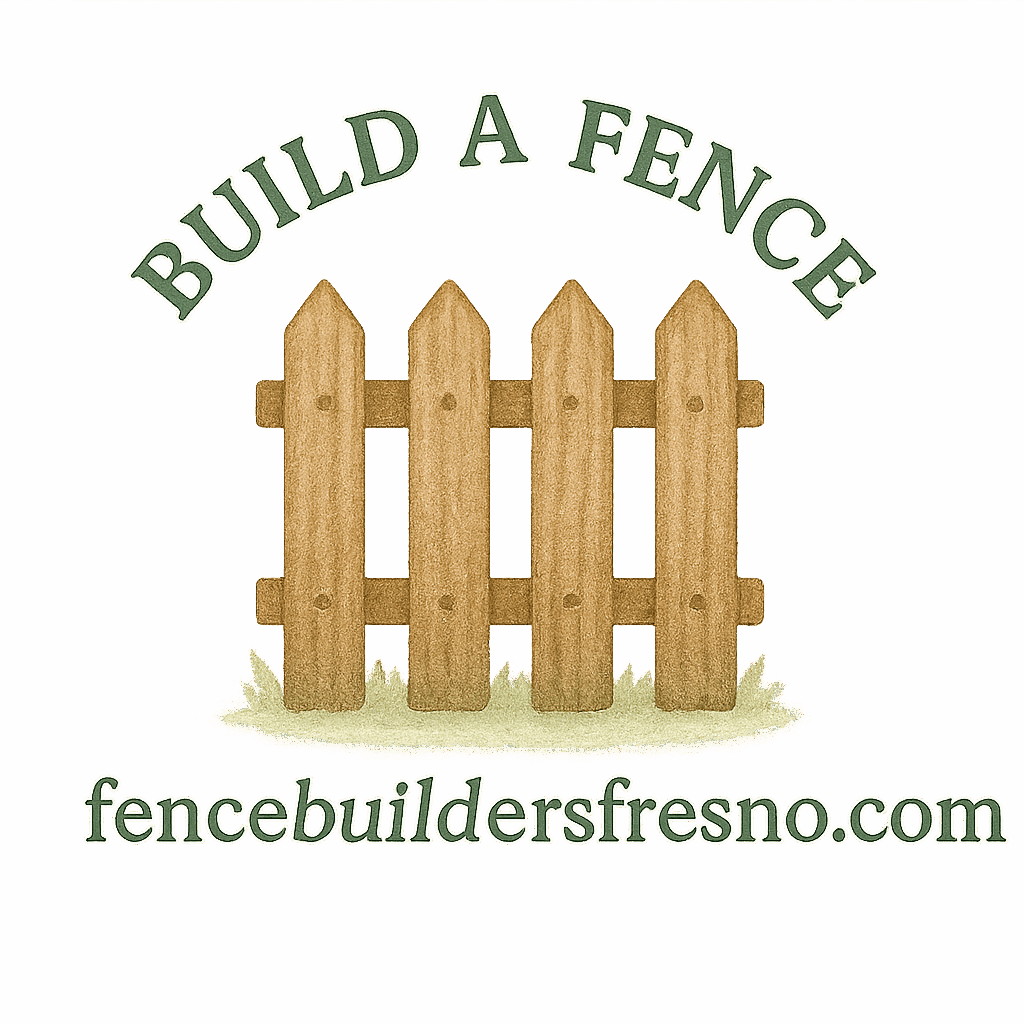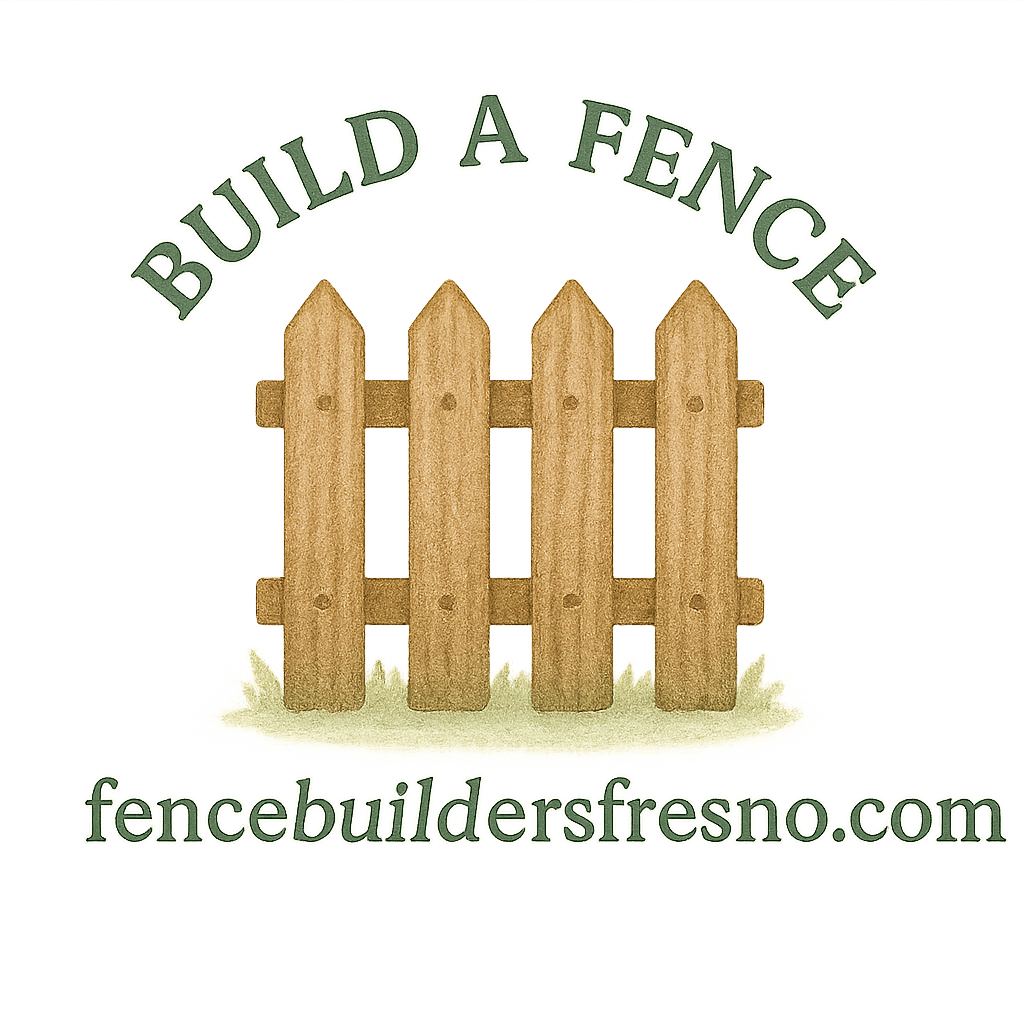Introduction
Thinking about installing a new fence around your property? Wood fences are a classic favorite—but before you grab that hammer or hire a contractor, it’s worth exploring both the pros and cons of this traditional choice.
In this post, we’re diving deep into the 6 pros and cons of wood fences, offering real-world insights, maintenance tips, and smart comparisons to other fence types. Whether you’re a seasoned DIY-er or just someone trying to make sense of fencing options, we’ve got you covered.
Let’s break down what makes wood fences a go-to option for many—and why they might not always be the best fit.
What Makes Wood Fences So Popular?
Wood fences have been a staple in American yards for centuries. They’re versatile, beautiful, and relatively affordable. You’ll find them in everything from rustic farms to sleek modern homes. But the best part? You can tailor wood fences to match nearly any style or need.
If you’re just getting started, our fence building basics guide is the perfect place to begin.
✅ The Pros of Wood Fences
1. Natural Aesthetic Appeal
Wood fences bring a warm, organic look that blends seamlessly with any landscape. Whether it’s a quaint front yard picket fence or a tall privacy fence around your backyard, wood simply feels like home.
Want a charming decorative fence? Wood’s your best bet.
2. Versatile Designs and Customization
From lattice tops to shadow boxes, horizontal slats to traditional vertical planks—wood fences offer nearly endless design possibilities. You can paint, stain, or carve them to match your home’s vibe.
Planning a creative layout? Check out this fence design and planning resource to help you bring your vision to life.
3. Budget-Friendly Option
Compared to metal or vinyl fencing, wood is often more affordable upfront. It’s a cost-effective solution for homeowners who want function and beauty without blowing their budget.
If you’re on a tight budget but love the look of wood, consider starting with a front yard fence first.

4. Easy to Repair and Maintain
One damaged panel doesn’t mean you need to replace the entire fence. Wood makes it easy to swap out individual boards or sections, saving time and money in the long run.
If you’re into DIY fence fixes, wood is forgiving and friendly.
5. Great for Privacy and Security
Want a secluded backyard oasis or to keep the neighbor’s dog out of your yard? Wood fences can be built tall and solid for maximum privacy and security.
Need help choosing the right height and style? Our fence guide has practical advice.
6. Environmentally Friendly Choice
Unlike vinyl or metal, wood is biodegradable and renewable. You can even opt for sustainably harvested lumber or reclaimed wood to reduce your carbon footprint.
Learn more about low-maintenance eco-friendly fencing options here.
❌ The Cons of Wood Fences
1. Requires Regular Maintenance
Unlike vinyl, wood fences need a bit of TLC. Expect to repaint, restain, or reseal them every few years to keep moisture and sun damage at bay.
Routine fence maintenance is key to preserving their look and longevity.
2. Vulnerable to Weather Damage
Rain, snow, and harsh sun can wreak havoc on wood. Without proper sealing, boards may absorb moisture and begin to swell or rot.
Consider treating your fence with weather-resistant coatings to improve durability.
3. Limited Lifespan Compared to Other Materials
Even with excellent care, wood fences generally don’t last as long as vinyl or aluminum. You’re looking at 10–15 years on average before major repairs or replacement.
Want a longer-lasting option? Our fence types comparison can help you weigh all your choices.
4. Susceptible to Termites and Rot
Wood is organic, which unfortunately makes it a feast for insects and fungi. If you live in a damp or termite-prone area, be prepared to treat your fence regularly.
For termite-resistant advice, see our durable fencing tips.
5. Can Warp or Crack Over Time
As the wood ages, it may crack, warp, or split—especially if exposed to varying temperatures and humidity. This can affect the structure and appearance.
Don’t ignore small changes; early upkeep tips can prevent bigger problems later.
6. Legal and Property Line Considerations
Installing a fence on or near a boundary line? Make sure you’re not inviting future drama. Fence encroachment issues and property rights disputes can get messy.
Before building, review your local legal fencing laws and property lines to avoid problems.
How to Extend the Life of Wood Fences
Choose the Right Type of Wood
Not all wood is created equal. Cedar, redwood, and pressure-treated pine are top choices for longevity. These resist rot and pests better than softwoods like spruce or fir.
Check out this comparison of wood fence care options for best results.
Apply Protective Finishes Regularly
Sealers, stains, and paints all add layers of protection. Just like sunscreen for your skin, these coatings block UV rays and moisture damage.
Stay Ahead with Fence Maintenance
Keep debris away from the base, trim nearby plants, and inspect for signs of wear. Proactive fence maintenance beats expensive repairs every time.
Comparing Wood Fences to Other Fence Types
Vinyl fences are virtually maintenance-free but come at a higher price. Chain-link is cheap but lacks privacy. Aluminum looks sleek but may not offer the natural vibe you want.
For a side-by-side look, visit our fence types comparisons page.
Is a Wood Fence Right for You?
If you love a warm, natural look and don’t mind doing occasional maintenance, wood fences are a fantastic option. They’re customizable, affordable, and bring character to any property.
However, if you’re looking for a zero-upkeep solution or live in an extreme climate, you might want to explore alternatives.
Use our legal property considerations checklist before making your final decision.
Final Thoughts
Wood fences strike a sweet balance between beauty and function—but they do require effort. Understanding the 6 pros and cons of wood fences is essential to making a smart choice for your home.
So, whether you’re aiming for privacy, charm, or security, take time to plan your build carefully. Explore more at Fence Builders Fresno for expert help, detailed guides, and pro tips.
FAQs About Wood Fences
1. How long does a typical wood fence last?
With good maintenance, most wood fences last between 10 and 15 years.
2. What wood type is best for fences?
Cedar and redwood are top choices thanks to their natural resistance to rot and pests.
3. Do wood fences increase home value?
Yes, especially if they’re well-designed and maintained, they can boost curb appeal and resale value.
4. How do I prevent my wood fence from rotting?
Seal it regularly, keep it dry, and choose rot-resistant wood types.
5. Can I install a wood fence myself?
Absolutely! Many homeowners take the DIY fence route, especially for smaller properties.
6. How often should I stain or paint a wood fence?
Typically every 2–3 years, depending on climate and sun exposure.
7. What should I check before building a fence?
Always confirm property lines, check for legal disputes, and get any required permits.


